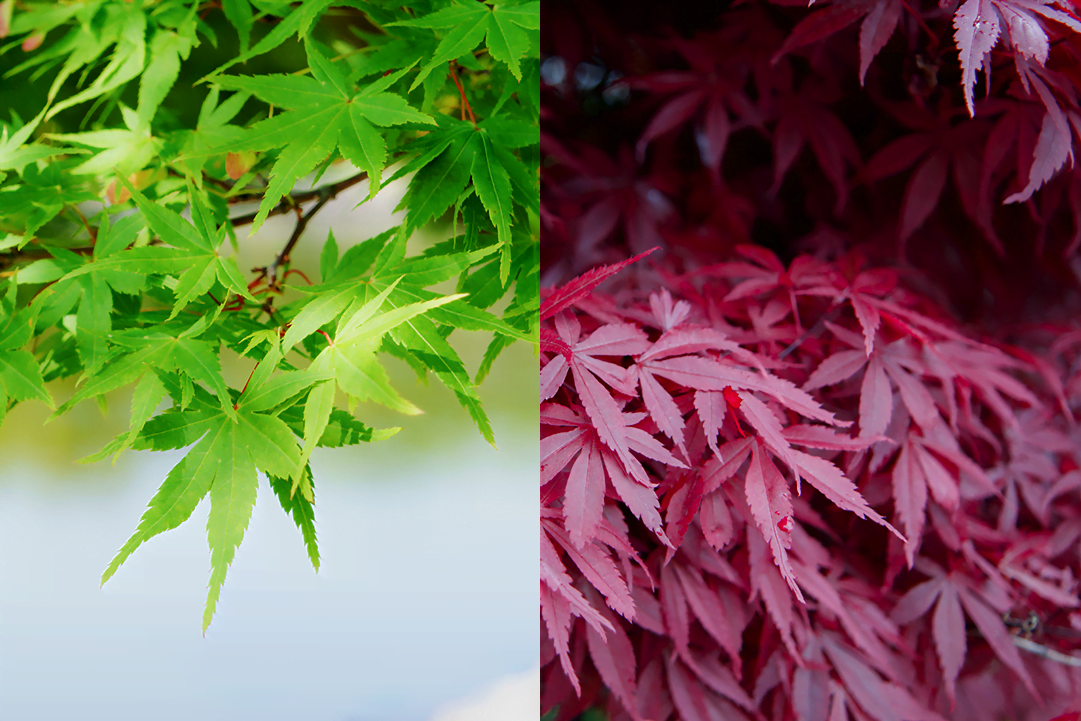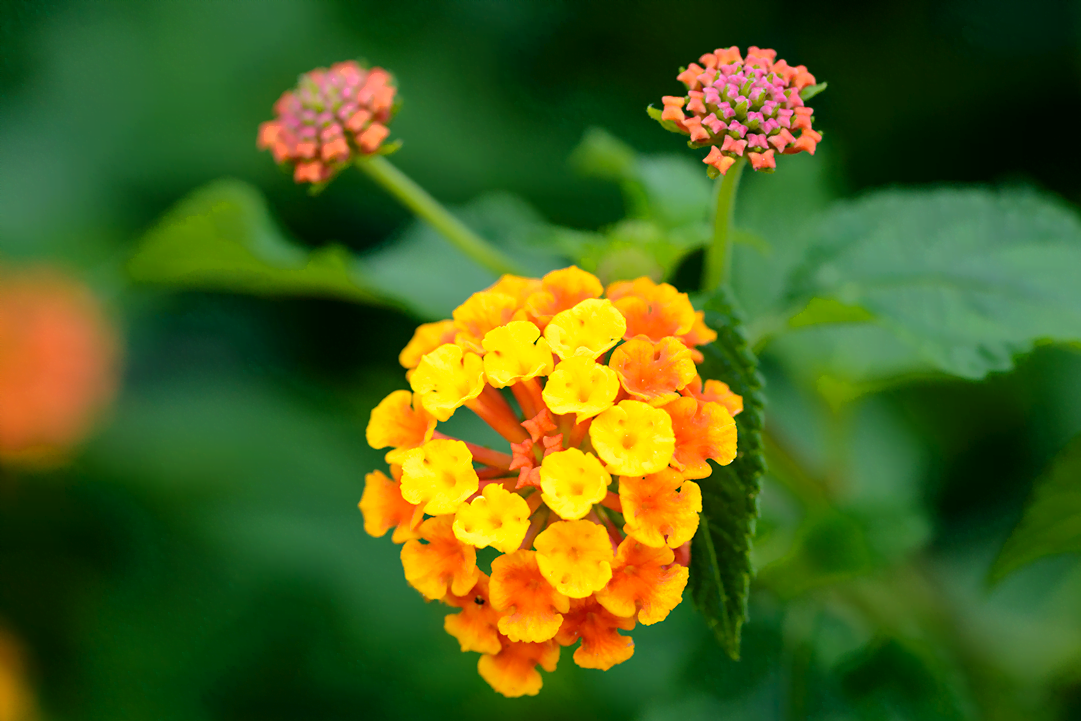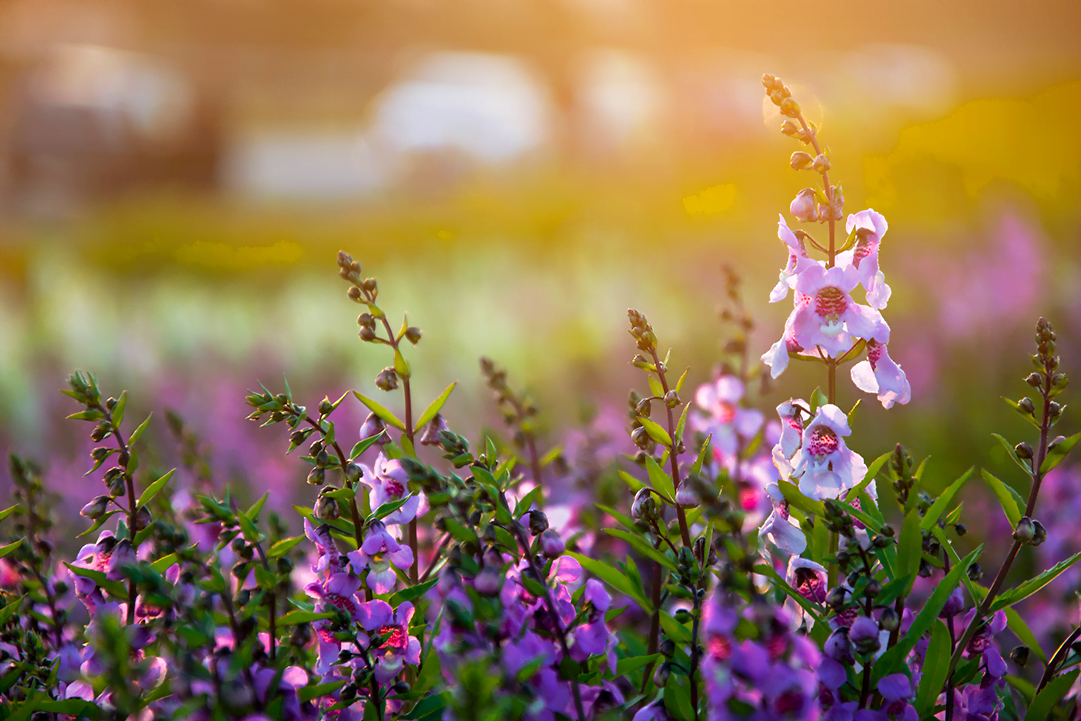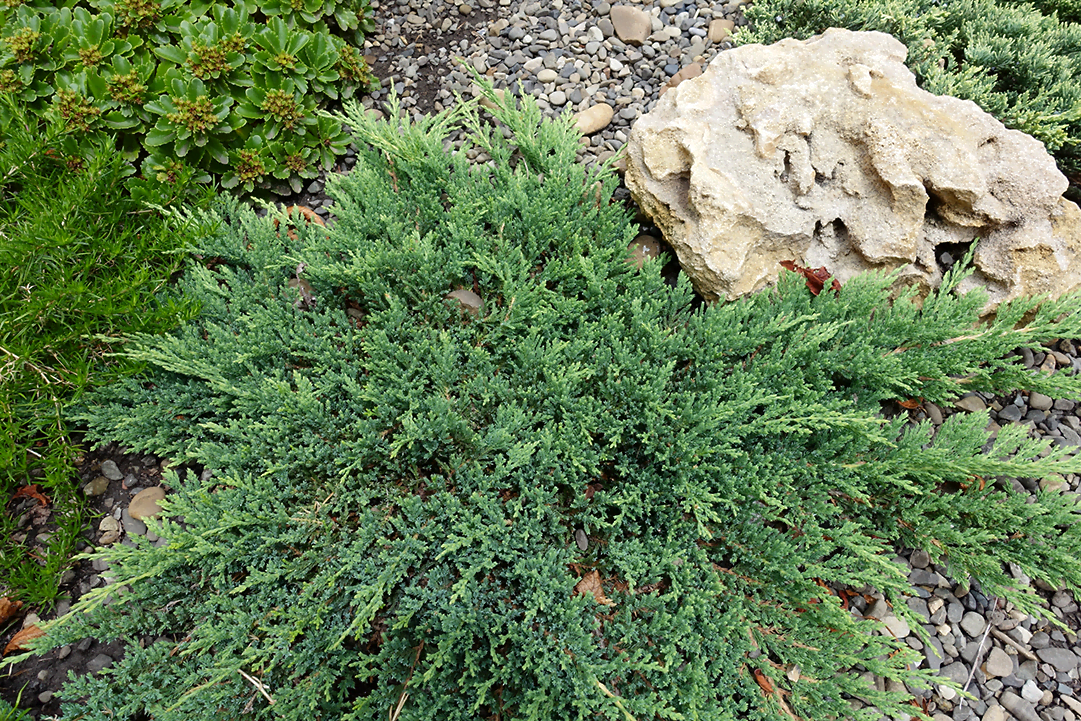Arguably fall’s most fiery foliage producer, the Japanese maple is known for its star-shaped leaves that turn from bright green in summer to even brighter red, orange and yellow in fall. If you have ever been to a Japanese garden, you have likely marveled at this tree’s stature.
Japanese maple grows best in acidic soil with partial shade. It can be planted either as a large shrub or small tree, and usually grows 1-2 feet per year en route to a mature 15-25 feet tall and wide. Japanese maple belongs to the Aceraceae family and, as you might have guessed, originated in Japan and other areas of Asia. Thanks to its ability to adapt to many North American climate zones, it has become a popular tree across the U.S., particularly in the Mid-Atlantic.
Did You Know?
Squirrels and chipmunks love Japanese maple. They feast on the maple seeds in fall – cute to see, but potentially damaging to your tree.
Other Fun Facts About Japanese Maple
- Japanese maple’s scientific name, Acer palmatum, stems from the palm shape of the tree’s leaves.
- There are hundreds of different cultivars of Japanese maple, a few of which can grow up to 100 feet tall!
- Japanese maple typically requires little to no pruning.
- In Japan, the fried leaves of Japanese maple are sometimes made into candy.




